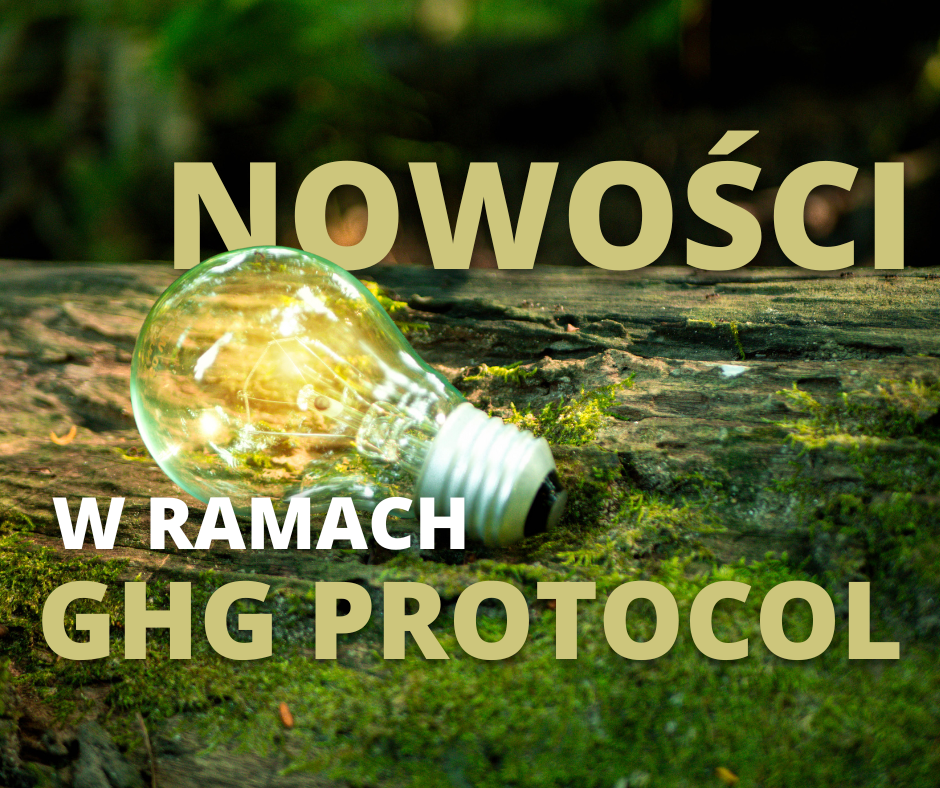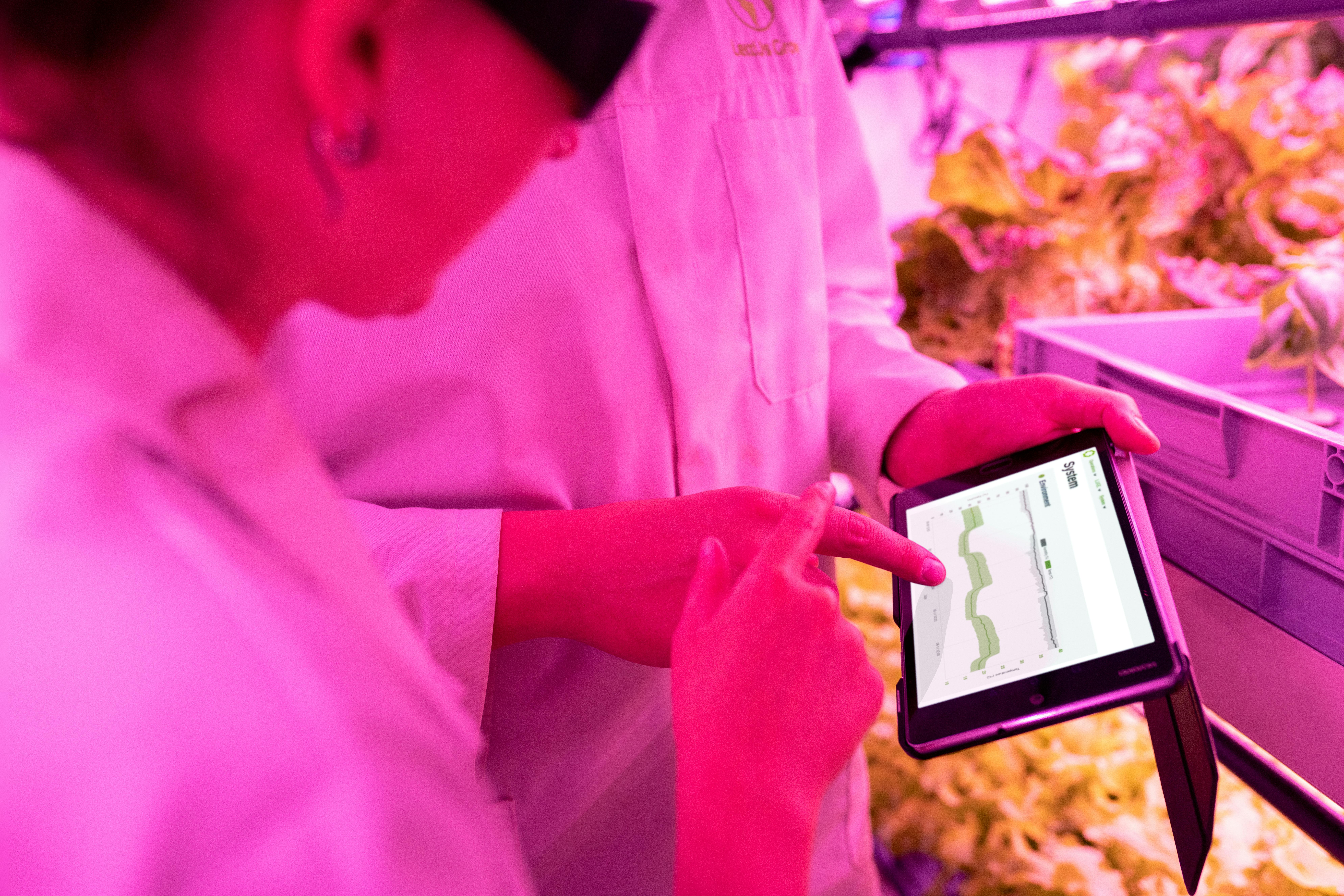 Freedom to Operate is an ability to sell or commercialize a product or service in a specific area and timeframe without infringement of IP rights held by another entity. Before any crucial business decision, especially before entering a foreign market with new product or technology, a Freedom to Operate analysis is essential. Thanks to FTO analysis it can be determined if similar products or technologies are already present in a certain area and if there is any risk of infringement.
Freedom to Operate is an ability to sell or commercialize a product or service in a specific area and timeframe without infringement of IP rights held by another entity. Before any crucial business decision, especially before entering a foreign market with new product or technology, a Freedom to Operate analysis is essential. Thanks to FTO analysis it can be determined if similar products or technologies are already present in a certain area and if there is any risk of infringement.
FTO analysis can be conducted at any given time during the development of a new product or technology. When an idea of the new product is already known it is worth to check in patent databases if we are not trying to reinvent what is already on the market, or whether there is an expired patent which we could use to enrich our invention. If we are planning to enter a new market with already developed technology, FTO can lead to significant cost savings by avoiding unnecessary lawsuits.
Disregarding such analysis can be costly… One of the most significant recent examples is Mercedes’ Airscarf technology used to warm up cabriolet drivers’ neck with warm air released from the headrest. In 2016 Mercedes lost the lawsuit against the private inventor who patented similar technology ten years before. As a result of this case, Mercedes had to temporarily stop to sell all cars equipped with this solution and pay compensation to the patent holder. Only thanks to the expiration of the patent not long after this case Mercedes was allowed to restore its offer. This example shows that “patent wars” are not only between big opponents such as Samsung or Apple.
In some cases, FTO analysis is crucial to successfully accomplish a grant funded by the European Union or other public sources. For example in Horizon 2020 SME Instrument Phase 2 funding scheme, each beneficiary has the obligation to “ensure its possibility to commercially exploit the results (freedom to operate)”. This obligation is explicitly set forth under article 26.3 (“Rights of third parties”) of the model grant agreement for Phase 2 of the SME Instrument. FTO is mentioned also as an obligatory element of Feasibility Study in SME Instrument Phase 1 Final Report.
In the case of identification of similar products already existing, a certain strategy can be developed in order to gain Freedom to Operate. This can be done by:
- designing or inventing way around the patent
- buying the technology or obtaining a license
- cross-licensing agreement to share the patent rights
- other, such as patent pools
But Freedom to Operate doesn’t have to be stand-alone analysis. It can be a useful strategic tool to constantly monitor IP landscape around most valuable products or technologies to identify trends, competitors’ actions, potential licensees or business opportunities.
Poznan Science and Technology Park has a broad experience in conducting Freedom to Operate analysis as well as other types of patent analyses such as patent landscape. Thanks to the use of professional PatSnap patent database and experience in using other databases (Google Patents, Espacenet, Patenscope), PSTP experts are able to provide comprehensive analysis relevant to strategic decisions made by the company.
foto: pixabay.com



